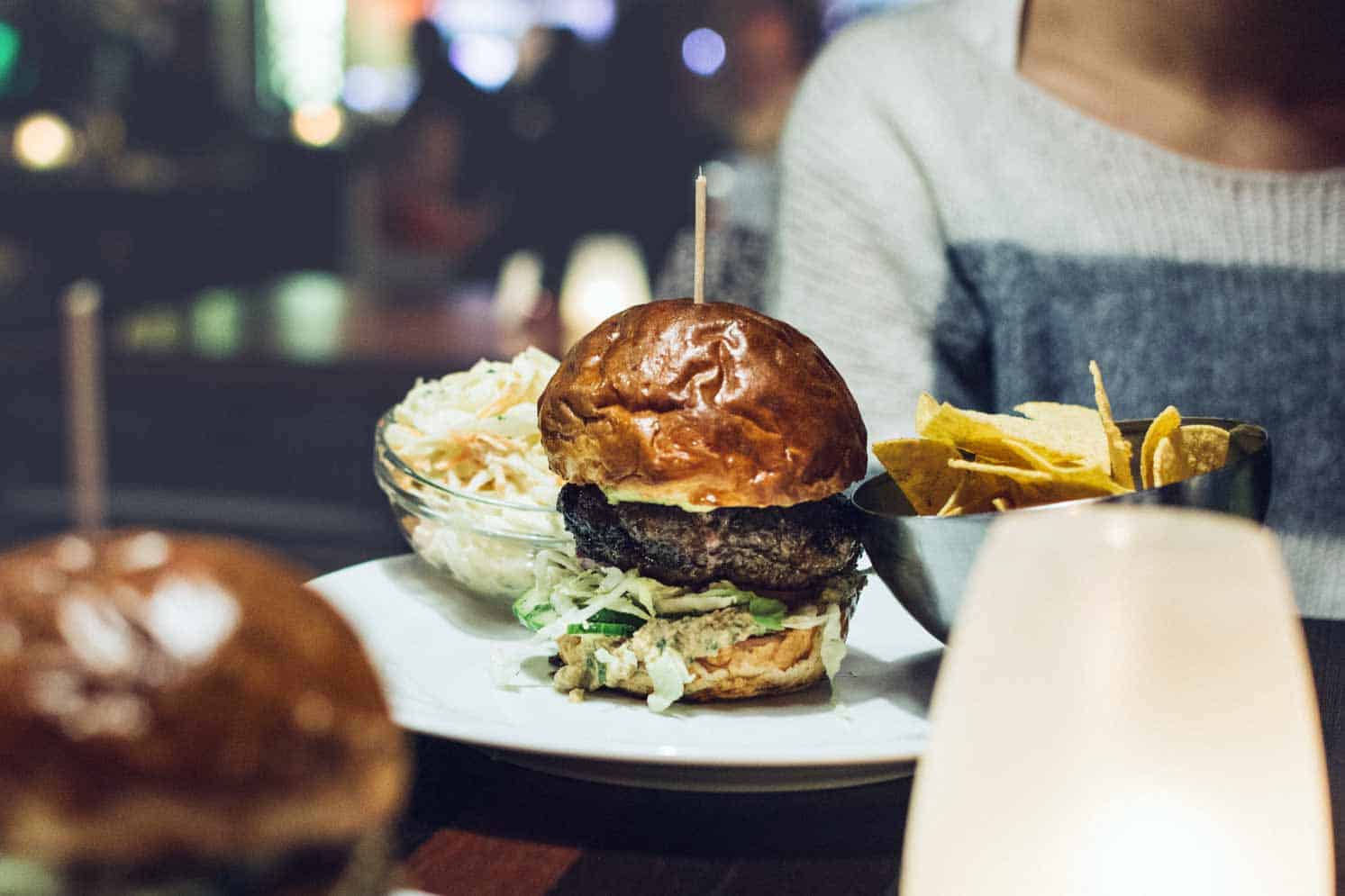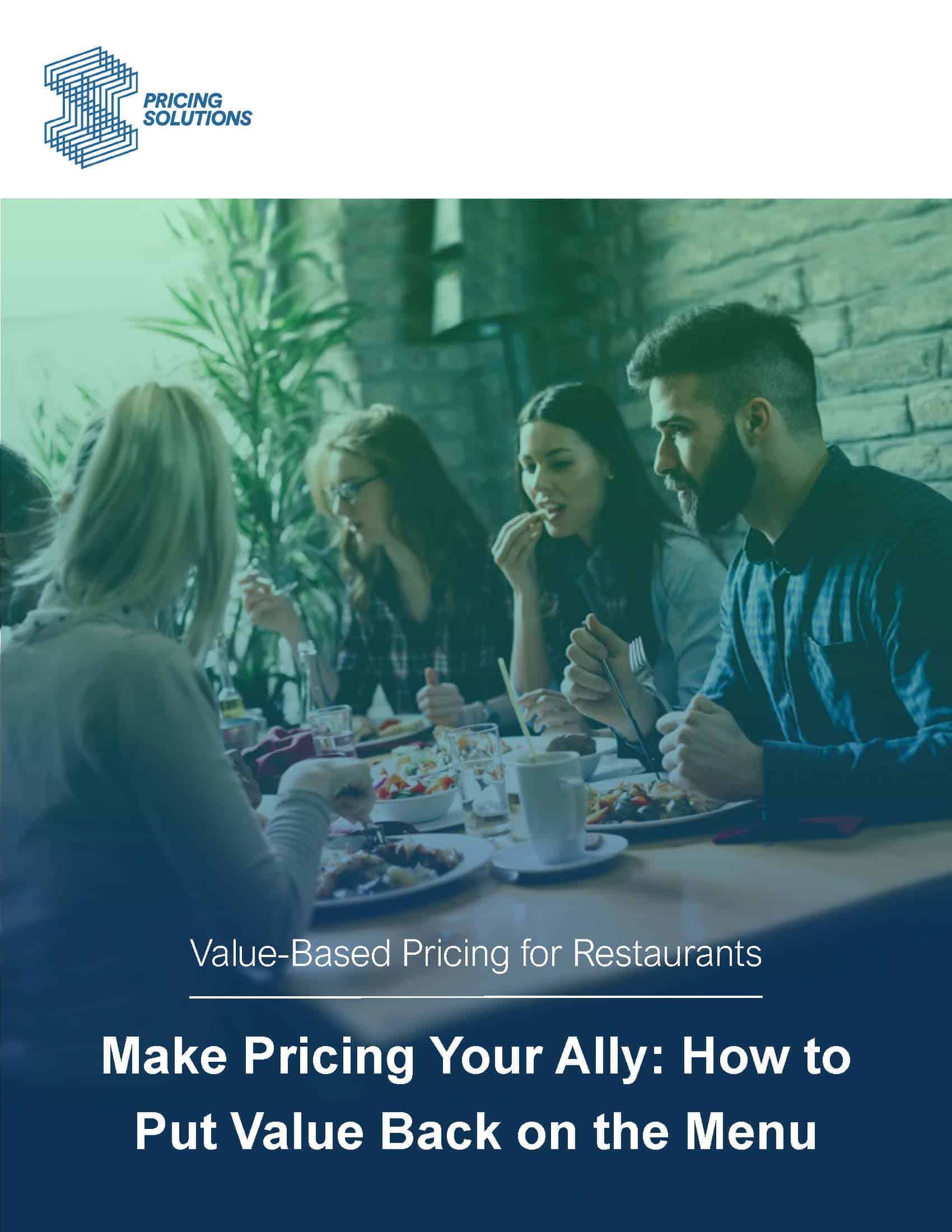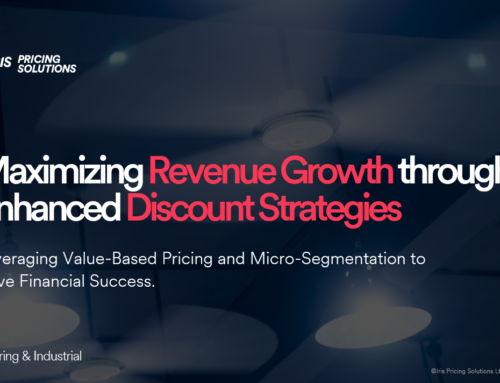Having the appetite to tackle pricing
By Tony Hodgson, Managing Director, Pricing Solutions UK – part of the Iris network
We explore why:
- Pricing in the sector is highly competitive and it can be difficult to get the strategy right
- A fresh pair of expert eyes can reveal untapped opportunities for improving price performance
- Bringing the voice of the customer into the mix can uncover powerful insights to inform the pricing strategy
A Changing Market
The high street has seen a proliferation of coffee shops in recent years. Not only have the big chains gone from strength to strength, small independents offering a superior ‘bean and barista’ have also flourished.
Meanwhile, many small restaurant businesses have also expanded rapidly. These expansions, often fuelled by Private Equity investment, bring with them huge competitive pressure on an already demanding marketplace, as well as brand pressure on those business that are growing.
The Role of Customer Expectations
Just as incumbents may struggle to navigate such a rapidly shifting market, customers must also adjust. New players bring with them innovative products, service offerings and new pricing pressures. Customer expectations can change rapidly. Whether it is digital loyalty schemes replacing traditional stamp cards, a trend towards healthy menu alternatives, digital reservations and ordering, or a focus on overall experience – customer satisfaction today does not necessarily reflect customer satisfaction tomorrow.
Know Your Customer
In this environment, understanding your customer is crucial. How they think and feel about your brand and your product can shift quickly, and without proper engagement it can be difficult to understand why.
In one example, we partnered with a large quick-service restaurant who were struggling with price perception challenges. The restaurant thought the problem was that customers perceived their products as too expensive. But when they compared prices to the competition, their value-meal proposition was competitive, as were prices across most of their menu.
Instead of cutting prices, the restaurant conducted detailed pricing research via an online survey with 1,500 customers, to understand how these price perceptions were being formed. They found that their pricing challenges came from two main sources.
Firstly, a lack of investment in their infrastructure had led to a negative perception on their product. Customers were less concerned with the quality (and value) of food and beverage than they were with the décor and atmosphere of the in-store environment. By investing in their locations and improving the in-store environment, they could address concerns with their price/value offering.
Secondly, customer price awareness was focused around a small number of signature products. These signature products were historically perceived as being better quality than competitive alternatives, and were priced at a premium to reflect this. But enforcing such a visible price premium was having a wider impact on the overall brand value; customers just assumed that all of their products were premium priced. By using targeted price reductions, rather than wholesale pricing changes, the client was able to better tackle their price perception issues, without risking revenue unnecessarily.
Restaurant Case Study: Developing a Pricing Strategy that Grows Profits and Guest Count
Test New Innovations
Launching a new product is risky. Development incurs sunk costs, store testing requires significant operational investment, and it can be difficult to predict the long-term impact of changes, especially when testing windows are small. Detailed research can help bridge this gap in understanding.
We recently partnered with a café chain that was looking to introduce digital in-store signage. This functionality would enable them to make variations to their menu, on a daily or even intra-day basis. Before implementing, however, they wanted to understand how customers used their existing menus, and what they could do to improve this experience.
We conducted a dual-stage research programme, including focus groups and a wider quantitative survey, designed to understand overall price perception challenges and the role of in-store signage in particular. As part of this process, we tested a number of different prototypes, for customer perception and also for purchase rates.
Our findings identified the menu structures that had the greatest impact on price perception, and could also increase average spend levels, while allowing the client to discontinue ineffective prototypes before they reached the expensive testing phase. We saw that by adjusting the number of menu options available, customer satisfaction, price perception and average spend levels all increased. These findings allowed the client to move forward into in-store testing with a degree of confidence in their investment.
Mining for Gold with Pricing Research
Pricing. It’s a tricky subject to research. After all, it’s only human nature to shout ‘we want it cheaper!’ when asked about price, but what consumers often really want is to feel they are getting good value. So, care is needed in framing questions and asking them in the right way, at the right time, then interpreting the results correctly, based on our understanding of human behaviour and pricing dynamics.
Done correctly, however, this research invariably reveals other vital nuggets about how customers think about value. It’s all rich source material that helps inform our thinking and enables us to guide the client on best pricing tactics – for example where a product or type of outlet might withstand a price increase and conversely in which aspects there is less room for manoeuvre. (This approach might be new to those who have previously simply made inflationary increases across the board.) It can also inform wider marketing strategy, revealing customer segments that require greater focus, or highlighting specific value perception issues to address.
Get in contact to find out more about our pricing offering.
To learn more, we recommend next:






